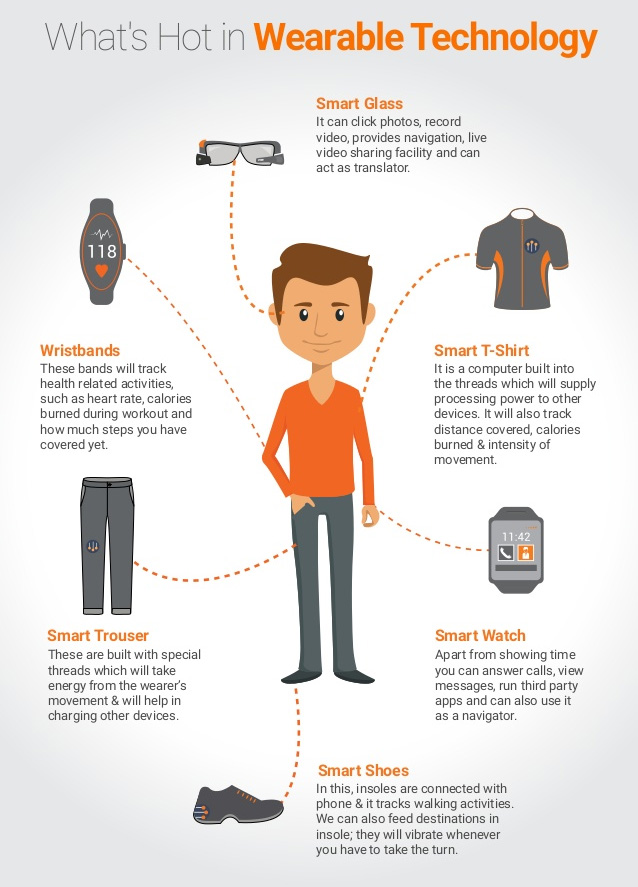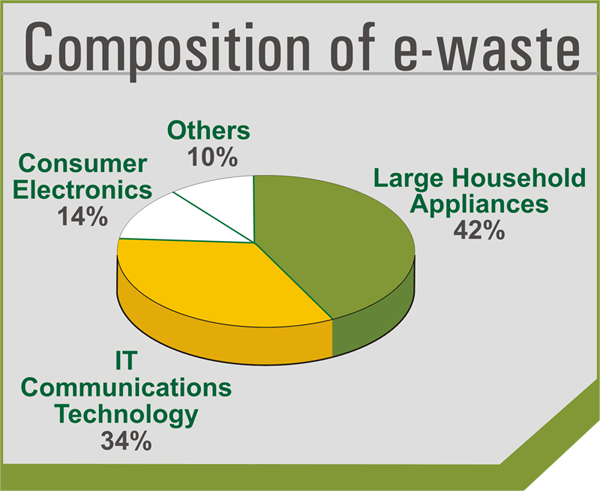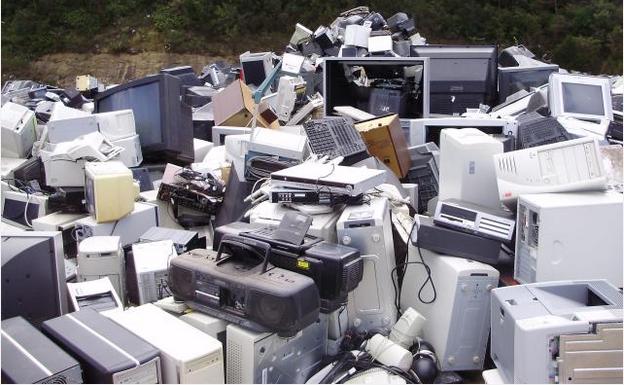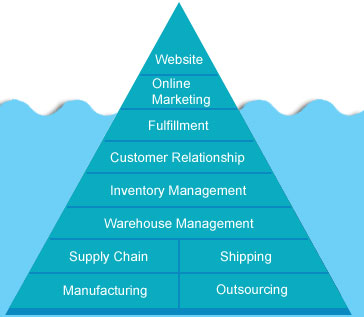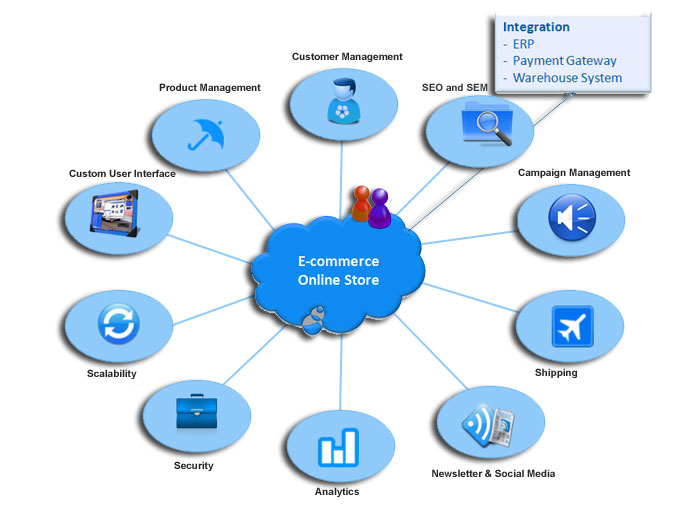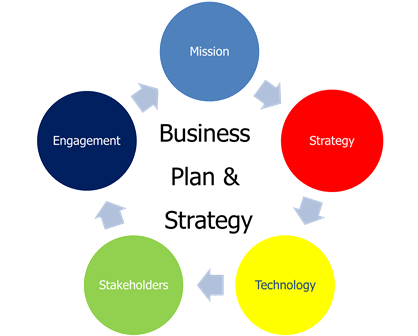Every morning, as part of my daily ritual, I light a brass diya or oil lamp and say a prayer after my shower to start the day. It’s a simple yet profound act that never fails to fill me with a sense of peace and purpose. Today, as I went through the familiar steps of preparing the diya, I couldn’t help but find deep meaning in the process.
I carefully crafted the wick from soft cotton, ensuring its shape and placement in the brass lamp were just right. Then, I poured the fragrant oil into the lamp, forming a small pool around the wick. With anticipation, I struck the matchstick, eagerly awaiting the gentle flame to move to the wick.
Most days, the cotton wick catches the flame effortlessly, to illuminate the space around it. But occasionally, the matchstick sputters, refusing to ignite the wick in a single attempt. In those moments, I’ve learned the art of patience. I hold the matchstick close to the wick, allowing the tiniest hint of flame to touch it gently, coaxing the fire to life. And when the wick falls into the oil, requiring rescue and careful repositioning, I’m reminded of the resilience that comes with perseverance.
Reflecting on this simple act, I find myself drawing parallels to our own journeys of learning and growth. The diya represents the nurturing environment, the oil symbolizes the vast knowledge and wisdom available to us, and the wick embodies our minds, ready to be ignited. The matchstick, the catalyst of transformation, represents the light of knowledge, while the person lighting the lamp stands as a teacher or guide.
Our minds, like the wicks, have the incredible potential to grasp concepts and ideas quickly, sparking illumination and understanding. Yet, there are times when the flame of knowledge requires more effort and time to ignite fully. In those instances, we must remain steadfast, holding the light of knowledge close to our minds until it takes hold, allowing the brilliance of understanding to shine through.
This act of lighting the diya serves as a beautiful reminder that our journey of learning is not always instantaneous. It requires patience, resilience, and an unwavering commitment to growth. Like the perfectly shaped wick, we must mold our minds, creating a receptive space that can readily absorb the light of knowledge.
So, let us approach each day with a sense of wonder and openness, ready to embrace the process of learning. May we be inspired by the diya, with its gentle flame casting a warm glow, to illuminate not only our own lives but also the lives of those around us. And in our pursuit of knowledge, may we find joy in the dance of the flickering flames, as they guide us on our never-ending quest for wisdom and understanding.





